Irish whiskey from the Emerald Isle is said to be "easy to drink"! For many decades, Irish whiskey was synonymous with triple-distilled whiskey without peat smoke. Distilleries such as Bushmills in Northern Ireland and Middleton and Cooley in the south are well known. The different spelling with an additional 'e' in whiskey is striking. The reason for this lies in a dispute between Scotland and Ireland as to who invented whisky. The different spelling was introduced to differentiate between the two countries. Blended whiskeys are the main representatives on the Irish whiskey market, but there is also Irish single malt whiskey, grain whiskey and even a whiskey that only exists in Ireland!
Pot Still Whiskey
Let's start with a special variety of Irish whiskey that actually exists exclusively in Ireland! Malted and unmalted barley is distilled in a pot still. Other types of grain may also be used in addition. After a malt tax was introduced, resourceful distillers switched to this method to keep costs down. If the whiskey comes from a single distillery, it may be called Single Pot Still.
Single Malt
The "best" Irish whiskey is made in the same way as Scotch: Single malt Irish whiskey is made exclusively from malted barley and distilled in copper pot stills. It must be matured in wooden barrels for at least three years and must contain an alcohol content of at least 40%.
Grain Whiskey
Grain whiskey also owes its origins to the increase in the malt tax. Many distillers in Ireland replaced some of the malt with other types of grain such as maize, wheat and unmalted barley. This led to the rise of grain whiskey. It is usually distilled in column stills. This continuous distillation process also contributes to cost-saving production. As with malt, there is a single grain when the grain comes from a single distillery!
Blended
Blended whiskey was the predominant type of whiskey on the island for a long time. It contains malt and grain whiskey. The higher the proportion of malt in the respective blend, the better the whiskey! Due to the predominant triple distillation, it is particularly soft and mild in flavour and is therefore ideal as a whiskey for beginners.


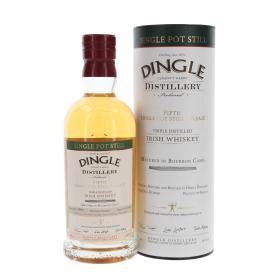
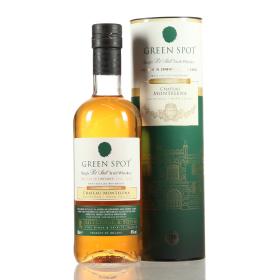

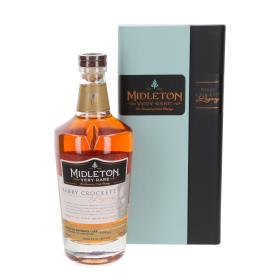
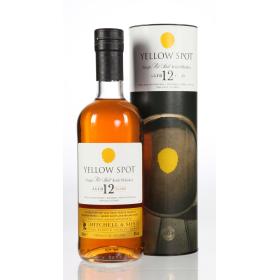
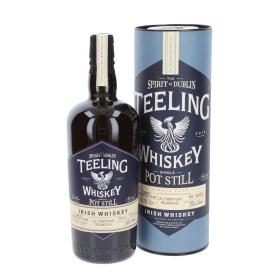
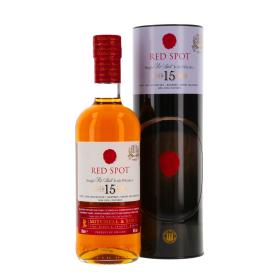
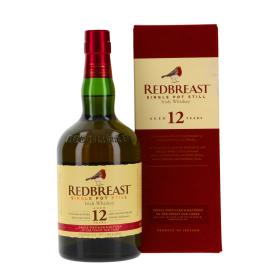
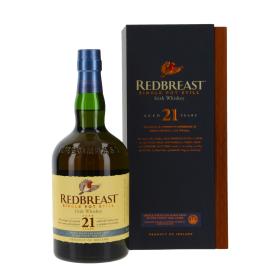
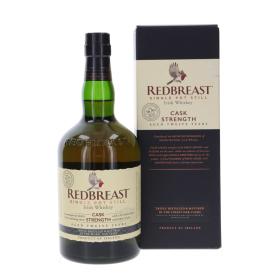
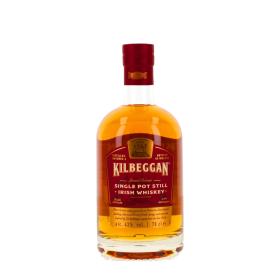
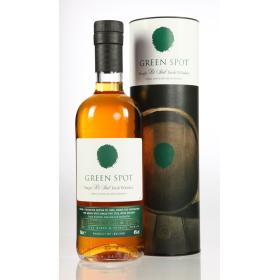
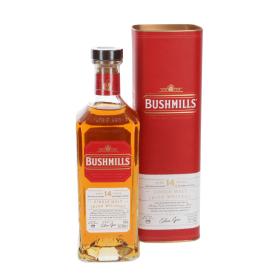
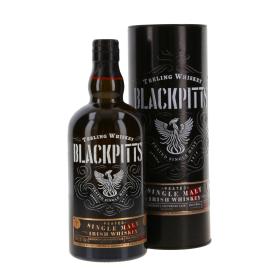
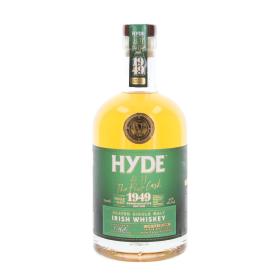
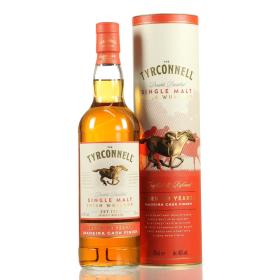
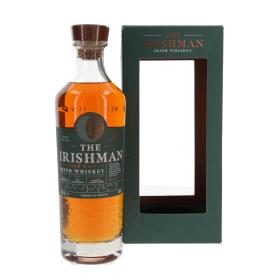
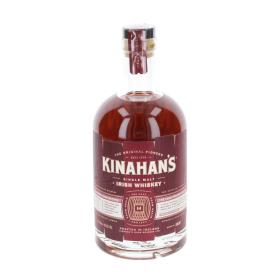
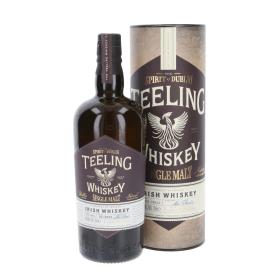
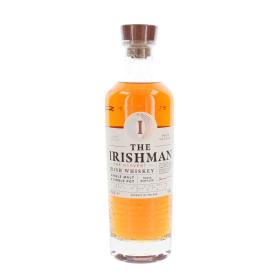
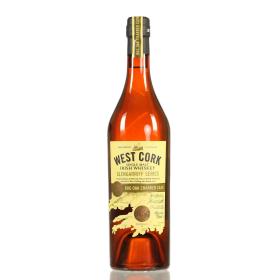
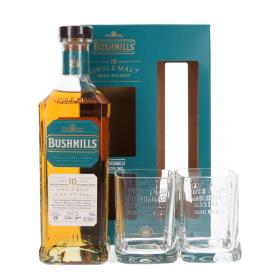
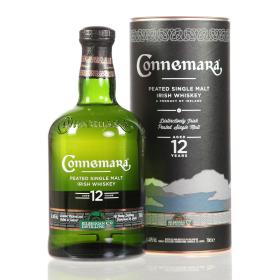
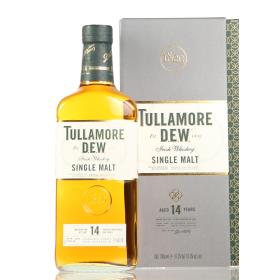
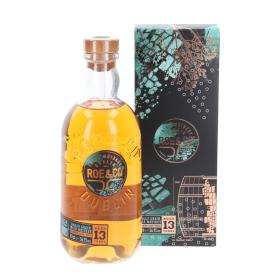

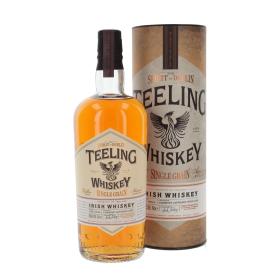
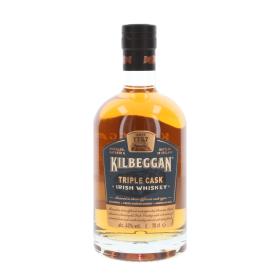
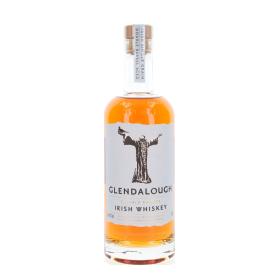

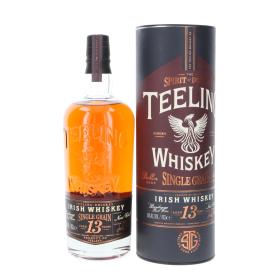
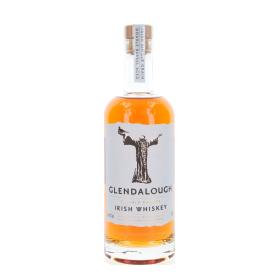
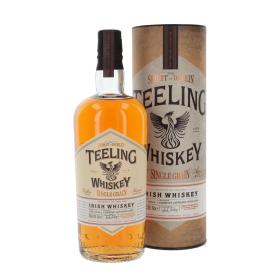

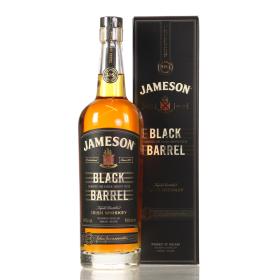
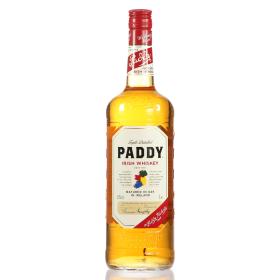
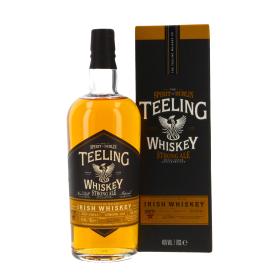
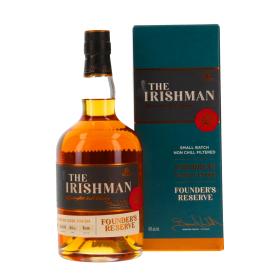


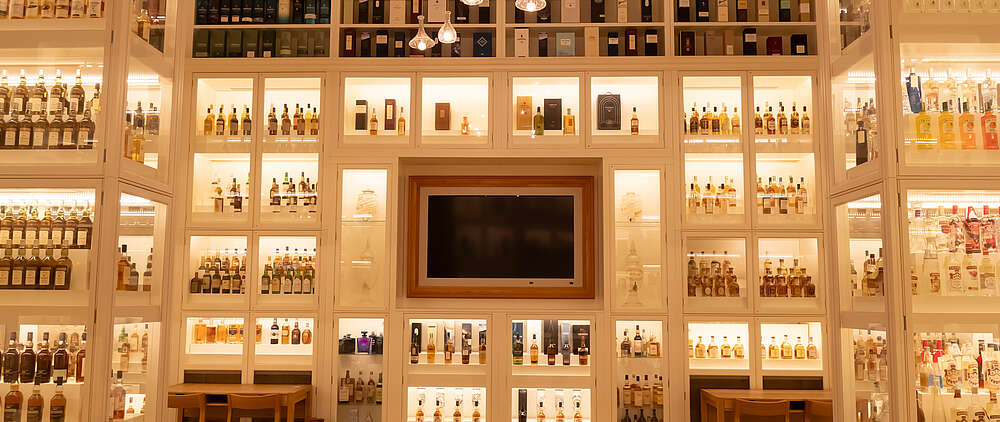



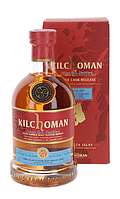
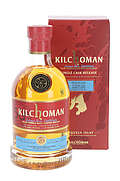
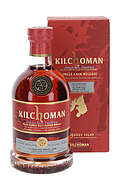
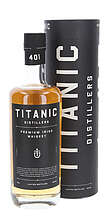
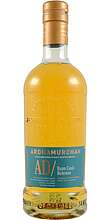



To comment, you must be logged in